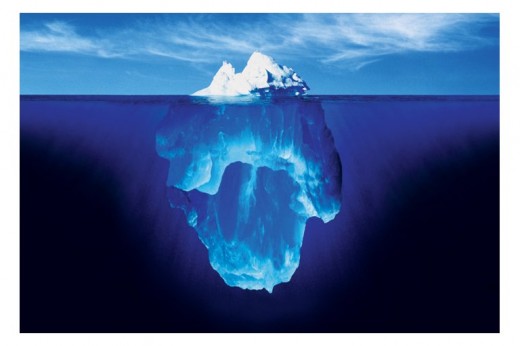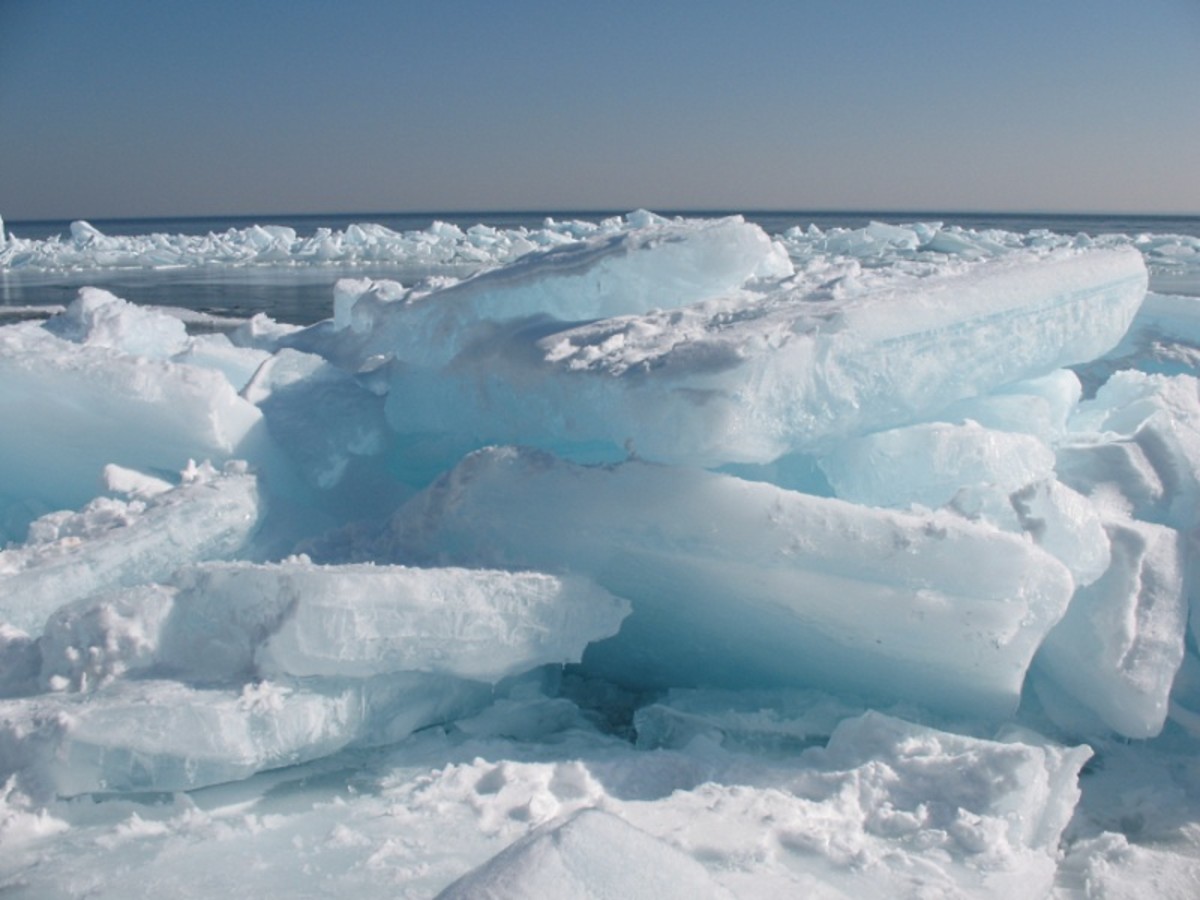What Is An Iceberg? How Are Icebergs Formed?
Iceberg
Ever since Titanic turned into a mega-blockbuster hit in 1997, with A-list Hollywood stars such as Kate Winslet and Leonardo Di Caprio as its cast, the world has been fascinated by the eternal love story between Rose and Jack and the sheer solid strength of icebergs. Grossing over USD 1 billion worldwide, the movie spawned off a series of documentaries about shipwrecks and massive icebergs on National Geographic and the History Channel. While some still ponder how the pseudo-indestructible 46,000 ton ocean liner met its match with an iceberg, others set out to learn more about icebergs and how they originate.
Ice berg

Icebergs are huge chunks of freshwater ice, floating on open water, broken off from glaciers or ice shelves. While some may end up becoming an ice island, many of them are still floating, a major hazard to fishing boats and liners that may come in contact with it. Due to the negligible densities between pure ice and sea water, icebergs are only partially surfaced, about one-eightth of its volume, the rest of the iceberg completely submerged under water. Hence, due to this, it is terribly difficult to judge the size and volume of the icebergs, with most captains of ships knowingly avoiding even the smallest looking iceberg.
Icebergs mainly originate from the sub-zero environments of Greenland and generally weigh between 100,000 to 200,000 tons. These massive ice blocks generally range from one to seventy five meters above sea level though the largest recorded iceberg was recorded at 168 meters above sea level, the height of the Washington Monument. Even though massive in size and mass, icebergs move a lot in the open water and is terribly difficult to differentiate an iceberg from normal ice chunks. Icebergs usually move up to 65 feet a day.
World of floating icebergs
Since the sinking of Titanic in 1912, requests and calls were made to monitor ice flow and the movement of icebergs. In 1914, the International Ice Patrol was formed, monitoring the largest icebergs in Newfoundland and informing ships of its locations. Since 1995, icebergs have been monitored by the US National Ice Center (NIC). The NIC have published locations and geographical attributes of icebergs, thanks to orbiting satellites that capture the images and relative size and mass of the icebergs. Since the inception of the International Ice Patrol and National Ice Center, the number of hull damages on ships caused by icebergs has dwindled considerably.
The largest iceberg ever recorded was the Iceberg B15, with an area of 11,000 square kilometers. The iceberg, at its largest, was the size of the state of Rhode Island. However, it has since broke apart into several chunks and its largest piece ran aground and broke apart further in 2005. While this may seem like a good thing for the safety of ships that said around these tormented waters, icebergs play a monumental part in the global environment.
While icebergs are seen mostly as a menace and serve no cause to the environment, it actually plays a crucial part to both the environment and ocean life. With technological advances and the use of satellites, movement of these icebergs can now be tracked and information can be used to find out more about the warming Earth.
Icebergs are essential to the global environment for several reasons. Scientists study icebergs to study the disintegration of Antartica to find out the effects of global warming. Biologists study icebergs to see how it affects ocean life. Studies have shown that icebergs are floating feeding stations containing millions of planktons and other sea life that support the ocean life. Oceanographers study icebergs because its movement influence sea currents and they are used to assist the movement of ships and locations to avoid.
So, if you have watched Titanic only because of its star attraction or its undying romance tale, perhaps it is time to tune it again, only pay more attention to the iceberg and its surrounding environment this time to value the danger it brings yet the wealth of information that can be unearthed from it.





